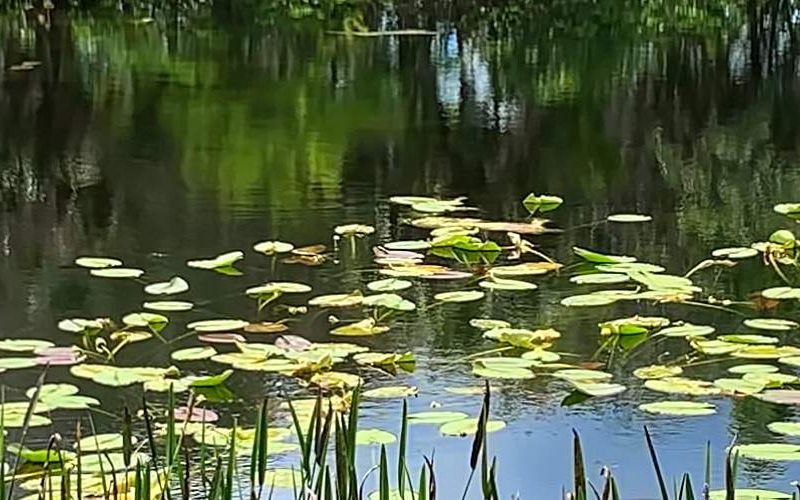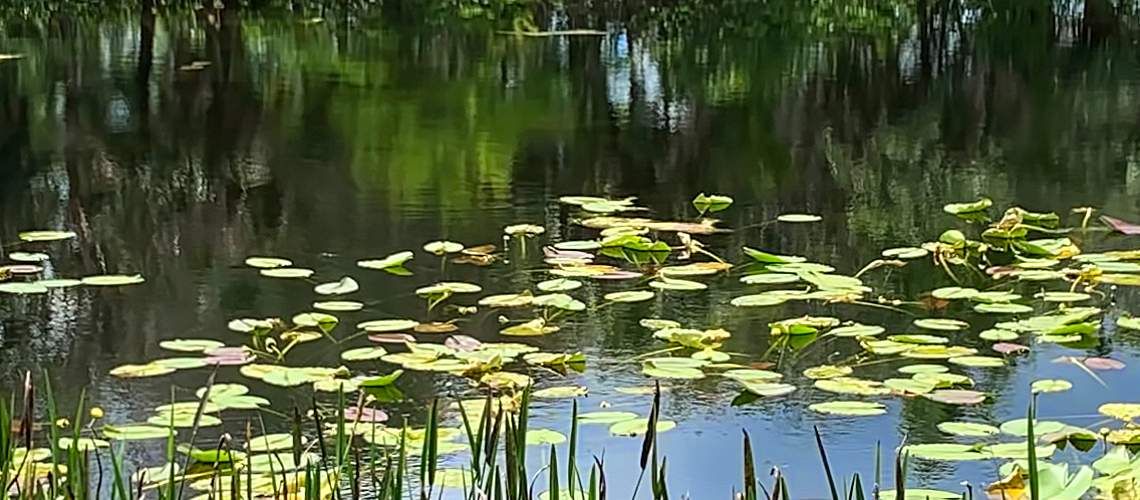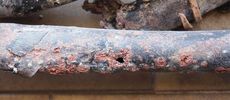How Nature-Based Water Systems Improve Quality But Complicate Testing


As the changing climate drives more extreme rainfall and growing populations outpace infrastructure, many communities are turning to nature-based water systems as cost-effective, flexible alternatives to pipes and tanks.
Solutions like constructed wetlands, bioswales, and rain gardens offer new options to manage stormwater, reduce pollution, and increase resilience. These systems mimic natural hydrology to slow, filter, and absorb water where it falls. The ecological benefits include better flood control, cleaner water, greater biodiversity, and more comfortable urban microclimates.
However, these systems can make the job of water quality test labs more difficult. Nature is fickle, potentially introducing more variability into testing, such as higher microbial diversity, unpredictable contaminant pathways, and seasonally fluctuating analyte concentrations. These dynamics can challenge established protocols and require you to rethink your approach.
Let's explore the most widely used nature-based water solutions, the way they filter and transport clean water, and their effect on water quality and examine how labs can adapt to these dynamic systems.
Nature-Based Solutions for Water Management
Nature-based solutions offer a sustainable approach to managing water by taking advantage of processes already occurring in the ecosystem. These strategies can help communities reduce runoff, filter pollutants, and adapt to changing weather patterns.
Constructed Wetlands
These systems simulate the natural processes found in marshes and swamps, filtering water through layers of soil, sand, and plant roots and removing pollutants by allowing them to settle, break down with the help of microbes, or be taken up by plants.
Wetlands are highly effective at reducing nitrogen, phosphorus, heavy metals, and pathogens. In addition to treating wastewater or stormwater, they can provide vital habitat and serve as community green spaces.
Bioswales
Instead of standard drainage ditches that speed water flow, bioswales are vegetated, sloped trenches that channel stormwater through soil and root systems. They filter water by promoting infiltration and letting pollutants settle out or be absorbed. Bioswales are especially useful in parking lots and along roadways, where they can help reduce runoff volumes and peak flow rates.
Rain Gardens
These shallow, landscaped depressions are typically planted with native species that capture runoff from roofs, sidewalks, or driveways. Water soaks into the ground within 24 to 48 hours, significantly reducing the load on municipal stormwater systems. The native plants are chosen for their ability to tolerate wet conditions and filter contaminants. Rain gardens can also increase urban green space and attract pollinators and birds.
Green Roofs
Green roofs layer vegetation over waterproofing on a flat or slightly sloped roof. They absorb rainfall, delay runoff, and reduce the heat island effect in cities. In addition to managing stormwater, green roofs help insulate buildings and extend roof lifespan.
Although the naturally filtered water from green roofs is generally cleaner than typical runoff, the substrate and plant type can influence nutrient and metal levels in drainage.
Permeable Pavement
Instead of covering the ground with a surface that doesn't allow water to soak through, permeable pavement allows it to seep into a gravel layer first, and then the soil below. The pavement is made from materials like porous asphalt, high-porosity (pervious) concrete, or interlocking pavers.
By mimicking natural infiltration, permeable pavement reduces surface runoff, prevents erosion, and helps recharge groundwater.
Riparian Buffers
These vegetated strips along waterways can play a critical role in protecting water quality by filtering runoff before it enters streams and rivers. Native trees, shrubs, and grasses in riparian zones slow water, trap sediment, and take up nutrients and pesticides. Riparian buffers can also stabilize stream banks and provide shade that cools water, improving conditions for aquatic life.
Floodplain Restoration
Restoring floodplains can help reconnect rivers with their historic overflow areas, reducing flood risk and improving water storage. These restored landscapes can hold excess water during storms, provide habitat for diverse wildlife, and filter water through natural soil systems. Restored floodplains can also support carbon sequestration and groundwater recharge.
Tree Canopy
Trees intercept rainfall on leaves and branches, reducing the amount that reaches the ground and enters storm drains. Their roots can enhance soil infiltration and take up nutrients and pollutants. A robust urban forest canopy can not only slow runoff but also improve air quality, reduce energy demand for cooling, and boost property values.
Water Quality Testing Complexities from Nature-Based Solutions
As nature-based systems reshape how water moves and transforms, they can introduce new challenges that could complicate conventional water quality testing methods, such as:
- Variable microbial loads. Nature-based systems could change the composition of microbes found in water. Labs may encounter increased heterotrophic bacterial counts and novel strains, potentially complicating the detection of specific indicator species (e.g., coliforms or E. coli). Some organisms may even inhibit the growth of target species on selective media, requiring modified enrichment steps or alternate detection technologies.
- Unconventional contaminant pathways. Organic matter can bind to heavy metals or nutrients and release them later, depending on pH, oxygenation/reduction, or microbial activity. These variable release mechanisms can cause inconsistent contaminant profiles, challenging assumptions about sample stability and storage, and measured concentrations of chemicals of interest.
- High turbidity and suspended solids. Water samples from bioswales, wetlands, or green roofs may contain high levels of suspended organic or mineral matter. This interferes with filtration-based methods, turbidity readings, and assays using spectrometry. Labs may require more frequent maintenance of equipment, pre-filtration steps, or adaptations to protocols that assume clear water inputs.
- Seasonal and temperature fluctuations. The quality of water that flows through nature-based solutions can change significantly with the seasons. Warmer temperatures can speed microbial growth or decay, while cold weather may reduce flow and increase contaminant concentration. This seasonal variability affects microbial die-off rates, reaction rates, and the urgency of adhering to sample holding times.
Adapting Water Quality Testing to Changes in Hydrology
Nature-based water systems are a powerful response to climate-driven water challenges, offering flexible, low-impact alternatives to "gray" infrastructure. However, when communities implement these systems, water test lab professionals may need to adjust water quality tests.
With the right tools and training, you can adapt to this new hydrologic landscape and continue your role in ensuring testing protects public health.






